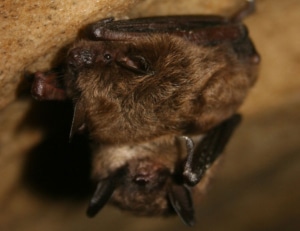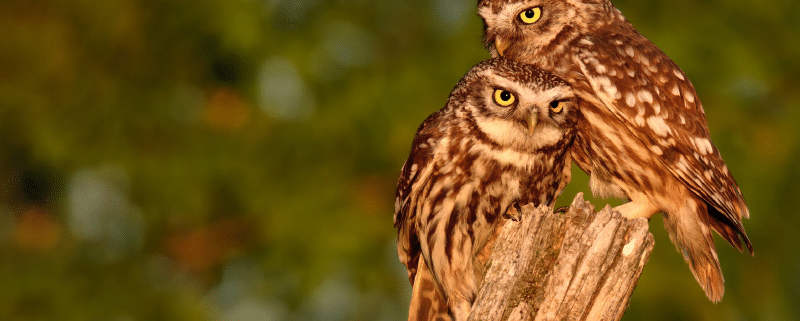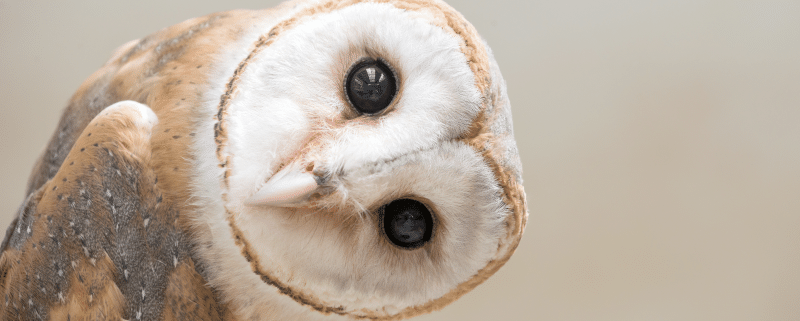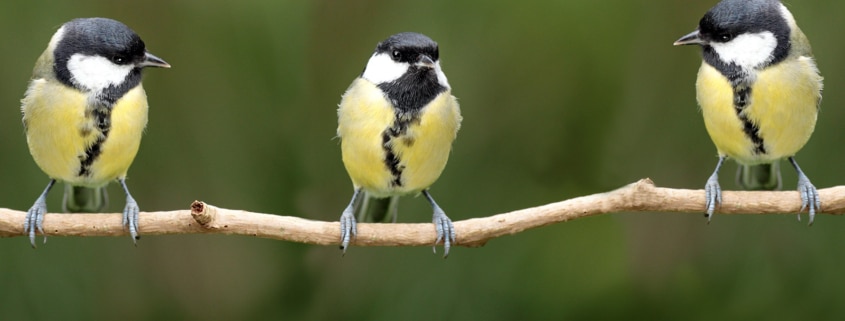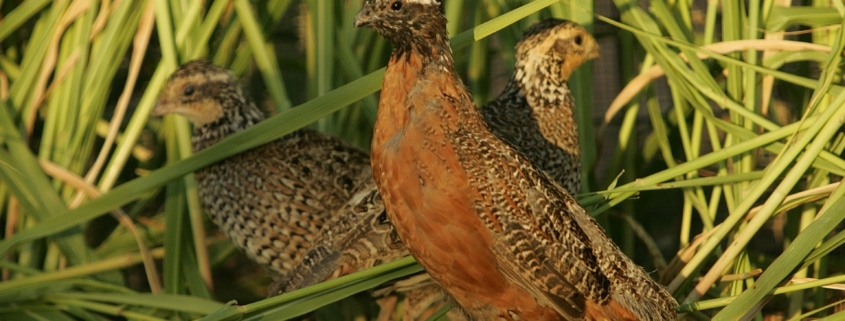Going Native in Your Urban Garden
Many corporate facilities are located in urban and industrial areas, where wildlife habitat tends to occur in small, isolated patches. In areas such as these, projects like native gardens are all the more important for the conservation of pollinators, birds, and other native animals.
Urban gardening with native species is suitable to a variety of settings, from urban corporate landscapes to home gardens. Like urban tree planting initiatives, native gardening projects provide multiple benefits for urban neighborhoods. They can help to revitalize urban neighborhoods by improving visual aesthetics and providing a place for people to reconnect with nature and with their neighbors. Urban gardens also contribute to cooler urban temperatures, produce oxygen, filter rainfall, and improve infiltration. In addition, urban gardens that include native plants can provide habitat for pollinators, songbirds, and other urban wildlife.
Not sure where to begin? Whether you’re starting from scratch with a new garden or revamping an existing garden at your facility, it will be easiest to first decide what your goals are for the garden. Do you want lots of colorful, delicate butterflies, or maybe zippy little hummingbirds? Try planting some colorful nectar-bearing flowering forbs, vines, and shrubs. Or maybe you’d rather attract birds that will fill your garden with their songs? You’ll want to plant shrubs that produce lots of berries and forbs that produce seeds, as well as trees for nesting if you have the room. Or perhaps you’d prefer to manage stormwater runoff with your garden—you could plant native vegetation that can tolerate occasional flooding to create a rain garden.
We’ve got a number of articles and other resources in our Knowledge Center to help you learn about native gardening – check out some of these to get you started:
- We suggest starting off with this article to learn more about why it’s important to use native plants in your garden.
- Here’s a list of 10 native vines you can include in your garden to attract butterflies.
- If you’re interested in helping monarch butterflies, one of the best (and easiest) things you can do is plant milkweed in your garden. Read this article or watch this webinar to learn more about why monarchs are in decline and how you can help them.
- Learn more about how planting a rain garden can help you manage stormwater runoff and benefit water quality, while also providing habitat for wildlife.
- Gardens don’t have to just benefit wildlife – learn how to plant a garden with fruits both humans and wildlife can enjoy.
- Want to show off your national pride with your garden? Find out how to create a patriotic pollinator garden that shows your love for both your country and for pollinators.
If you’d like specific recommendations on how to design your urban garden for wildlife, don’t hesitate to contact us at WHC@wildlifehc.org.


